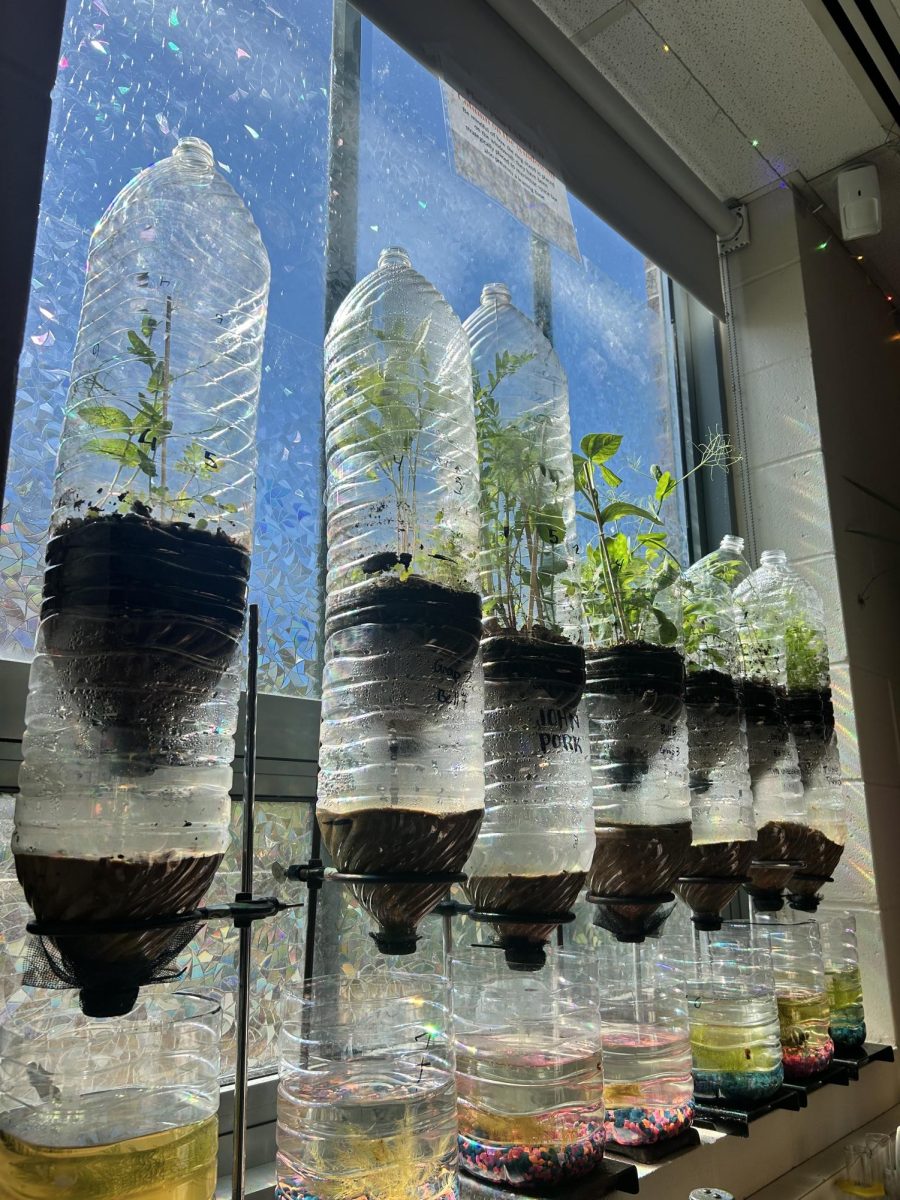Metacognition
Giving teen drivers the green light

Metacognition is a column that will appear in every other issue.
March 22, 2023
I always thought getting my license was the ultimate ticket to freedom. I imagined morning drives to Starbucks, afternoon runs to Target, and endless summer road trips. My license fantasy also included, of course, getting both my license and my dream car on the morning of my 16th birthday.
The first time I “drove” a toy car I supposed that I would be a great driver and the countdown to the day I could get my license commenced. Determined to practice, I would race to the bumper cars at Kings Island vying for the fastest one. I would circle countless laps on my grandparents’ golf cart, towing along the unsuspecting family member forced to supervise my antics from the passenger seat.
But, as it turned out, I didn’t get my license until nearly two months after my birthday, and a car has yet to materialize in my driveway.
I’ve had my license for nearly two months, and the more I’ve considered my experience from driver’s ed to taking my driving test, the more skeptical I’ve become of the licensing process.
In my experience, driver’s ed was a 24-hour formality, a combination of common sense and irrelevant information. I mindlessly clicked through slideshows, memorizing the different classes of licenses and forgetting them seconds later. I longed to actually begin driving, not to watch animated simulations.
But after getting my temps, the realization of true importance set in. When I first caught a glimpse of myself in my side mirror, it felt strangely comical. How could I, of all people, be qualified for such responsibility after taking just a multiple-choice test?
The first few hours I drove, I gripped the steering wheel white-knuckled as I crept through the parking lot. My foot would jerk clumsily from the accelerator to the brake, I could never seem to turn on the right turn signal, and I always managed to take up two spots when I would finally park.
After a few months, I considered myself a fairly good driver–attentive and courteous. I’d mastered using my turn signals and could park, mostly. I practiced maneuverability and eventually scheduled my driving test, ready to get my license.
A driver’s test takes no more than 20 minutes once you’re in the car. After I passed, I was handed a temporary certificate, told my license would be mailed, and sent on my way. I’d finally done it. By law, I had the freedom to drive on my own, almost anytime and anywhere. But was I truly ready?
According to the Ohio Department of Public Safety, “teenagers are involved in three times as many fatal crashes as all other drivers,” a statistic no teen thinks they will become part of. Still, I’ve heard countless stories of my peers being involved in accidents, sometimes within just days of getting their licenses, whether left with a minor scratch or a completely totaled car.
That’s not to say I think raising the driving age will alleviate this problem, or that it’s the right choice. Learning to drive is an important responsibility that teens need to have, and a critical step towards independence. But what’s being done currently isn’t working either.
The state of Ohio has taken some positive steps toward improving teen drivers’ safety–requiring 50 hours of driving with a parent and eight hours of in-car driving lessons, along with following national efforts to limit nighttime driving and enforce seat belt usage. But ultimately, using a fifteen-minute test, the same kind that I took, isn’t enough.
Starting with driver’s ed, teen drivers need more comprehensive training and understanding of the realities of driving with practicable applications. The first time teen drivers are forced to swerve an obstacle or navigate icy roads shouldn’t be seconds before a crash, it should be safely conducted with defensive driving drills and trained instructors.
When teens go to take their driving test, they need to be able to prove their understanding of a variety of these situations that can arise while driving–not in an attempt to stop deserving teens from getting their licenses but to genuinely prioritize their safety.
Teen drivers don’t need more restrictions, they simply need more resources before being given the green light.






